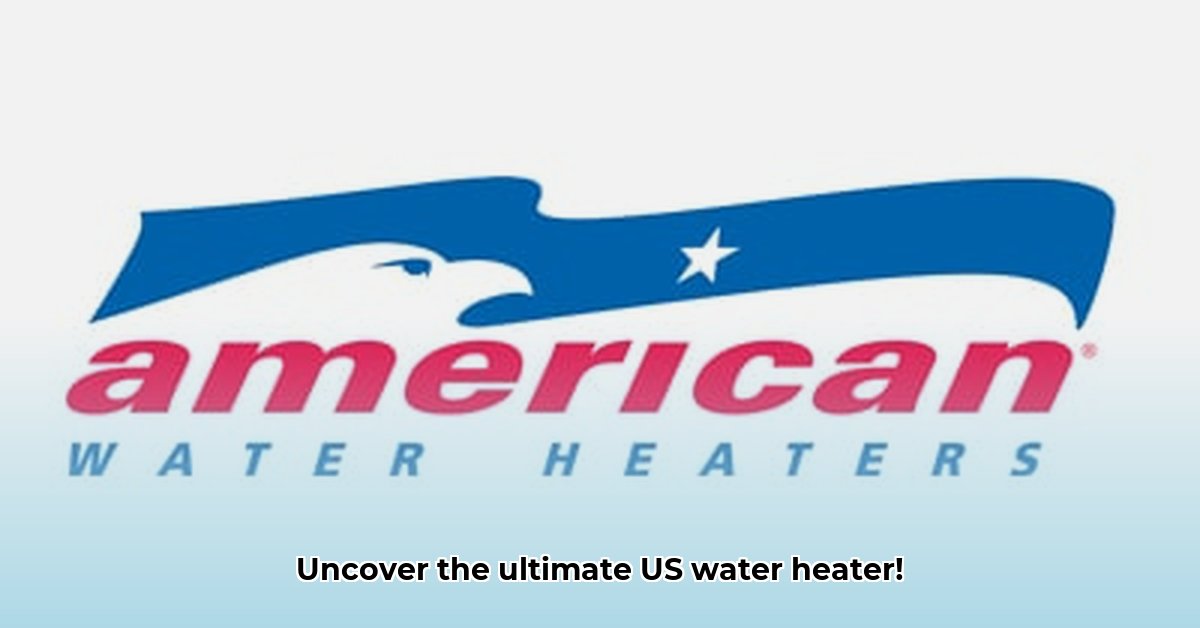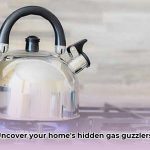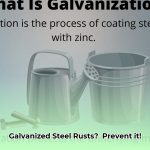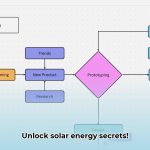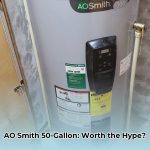Picking a new water heater can be daunting, but this guide simplifies the process. We’ll break down American Water Heaters, comparing models to help you find the perfect fit. We’ll explore gas, electric, and tankless options, highlighting the benefits of features like stainless steel tanks and self-cleaning mechanisms. Plus, we’ll provide maintenance tips to keep your water heater running smoothly for years to come. Whether you’re budget-conscious, focused on energy savings, or seeking reliability, we’ll guide you to the best American Water Heater for your needs and help you avoid common pitfalls.
American Water Heaters: Your Guide to Hot Water Happiness
Choosing a new water heater can feel overwhelming, with many options, features, and efficiency ratings to consider. We’re here to guide you through the world of American Water Heaters to find the perfect fit for your home and lifestyle, and understand the benefits of efficient water heating while maximizing your investment.
Understanding Your Hot Water Options: Types of American Water Heaters
American Water Heaters offers diverse water heater types, each with pros and cons. Let’s break down the main options and which one will give you the best water heater energy efficiency:
1. Gas Water Heaters: These use natural gas or propane and are often more energy-efficient than electric models, especially if you have inexpensive natural gas available. They offer quick heating and high recovery rates. However, they require a gas line connection, potentially adding to installation costs. Proper venting is also crucial for safety. These are the reliable workhorses for homes with existing gas lines.
2. Electric Water Heaters: Simple and generally less expensive to install, they’re a great option if you don’t have a gas line connection. They’re straightforward and easy to use but might increase your electricity bill, depending on local rates and hot water usage. They tend to heat water more slowly than gas models. These are the convenient, no-frills choice for homes without natural gas.
3. Tankless Water Heaters (on-demand water heaters): These heat water only when needed, saving space and lowering energy bills by not constantly heating a tank. They provide a continuous flow of hot water. However, they have higher upfront costs and may need a more powerful electrical system or a dedicated gas line. Flow rates can also be a limiting factor, especially if multiple people use hot water simultaneously. Think of them as the luxury sports cars of water heaters, offering on-demand performance at a premium price.
4. Heat Pump Water Heaters (Hybrid Electric): These energy efficiency superstars use electricity to move heat from the air into your water, saving significantly on energy bills. They can cut your water heating costs in half compared to standard electric models. They typically need more space and might heat up slower than gas or electric models. They are often more expensive upfront. These are ideal for prioritizing energy savings and qualify for many rebates and incentives.
Key Features to Look For in Your Next American Water Heater
Beyond the basic types, American Water Heaters has advanced features that significantly enhance your hot water experience and extend the unit’s life. These features affect water heater longevity factors:
-
Stainless Steel Tanks: Many models use stainless steel tanks, greatly increasing resistance to rust and corrosion for a longer lifespan and fewer leaks. Stainless steel is also lighter and more durable than glass-lined steel.
-
Self-Cleaning Mechanisms: Some models feature self-cleaning functions that automatically flush out sediment build-up, improving efficiency and extending the water heater’s life. This reduces the need for manual flushing.
-
Smart Features and Diagnostics: Some models offer digital displays, smart home integration, and advanced diagnostic tools for preventing problems and getting real-time performance updates. Wi-Fi connectivity allows for remote monitoring and control.
-
Advanced Insulation: Look for models with thick, high-density foam insulation to minimize heat loss and improve energy efficiency.
-
Electronic Ignition: In gas models, electronic ignition replaces the need for a pilot light, saving energy and increasing safety.
Comparing American Water Heater Models: A Side-by-Side Look
Choosing the best model depends on your individual needs. Let’s compare some hypothetical models, highlighting key differences in water heater model comparisons:
| Feature | Model A (Gas – ProLine XE) | Model B (Electric – ProLine Master) | Model C (Tankless Gas – Condensing) | Model D (Heat Pump – Voltex) |
|---|---|---|---|---|
| Type | Gas | Electric | Tankless | Heat Pump |
| Tank Material | Stainless Steel | Glass-lined Steel | N/A | N/A |
| Capacity (gallons) | 50 | 40 | N/A | 50 |
| Energy Factor/UEF | 0.70 | 0.93 | 0.95 | 3.5 |
| First Hour Rating (GPM) | 75 | 55 | 9.5 | 60 |
| Warranty (years) | 10 | 8 | 15 | 10 |
| Approximate Price | $950 | $750 | $1500 | $1800 |
| Smart Features | Yes | No | Yes | Yes |
Note: Prices and specifications are estimates and will vary depending on the specific model and retailer. Always consult the manufacturer’s specs for the latest information. The First Hour Rating (GPM) indicates how much hot water the heater can deliver in the first hour of use. UEF (Uniform Energy Factor) is a more accurate energy efficiency measurement than the Energy Factor (EF).
Maintenance for a Longer, Happier Hot Water Life
While manufacturers often quote lifespans of 8-12 years, regular maintenance is vital for extending the life of your American Water Heater and keeping it running efficiently. Consistent maintenance also helps to prevent costly repairs. Follow water heater maintenance tips:
-
Annual Inspection: Visually inspect your water heater annually for leaks, corrosion, and any unusual noises. Pay close attention to the connections and the area around the base of the tank.
-
Regular Flushing: Depending on your water hardness, flush out sediment every 1-3 years to prevent build-up and improve energy efficiency. Sediment build-up can reduce heating efficiency and lead to corrosion.
-
Anode Rod Replacement: Replace the anode rod every 3-5 years (or per the manufacturer’s recommendation) to significantly extend the water heater’s life. This sacrificial rod protects the tank from corrosion.
-
Pressure Relief Valve Test: Test the pressure relief valve annually to ensure it’s functioning correctly. A malfunctioning valve can lead to dangerous pressure build-up.
-
Temperature Setting: Maintain the temperature around 120°F to prevent scalding and conserve energy.
Choosing the Right American Water Heater for You
Selecting the right water heater is a bit like finding the perfect pair of shoes; it needs to fit your lifestyle and your budget, involving factors influencing water heater purchase:
- Energy Efficiency: Prioritize an energy-efficient model to reduce utility bills over the long term. The Uniform Energy Factor (UEF) rating is a helpful indicator, with higher numbers indicating greater efficiency.
- Hot Water Demand: How often and how many people use hot water in your household? Larger families might need a larger tank capacity or a tankless model. Consider peak usage times.
- Installation Considerations: Ensure the chosen model fits your home’s plumbing and electrical system. Consider professional installation if you aren’t comfortable with DIY projects. Check local building codes and permit requirements.
- Budget: While upfront costs vary, don’t solely focus on the initial price. Factor in long-term operating costs, maintenance expenses, and the potential for increased lifespan from higher-quality models. Also, consider potential rebates or incentives for energy-efficient models.
By carefully considering these factors, you can choose an American Water Heater that perfectly meets your needs and ensures you enjoy years of reliable hot water. It’s definitely worth considering a water heater that will last longer, saving you money and hassle in the long run.
How to Extend the Lifespan of My American Water Heater
- Regular maintenance significantly increases your water heater’s lifespan.
- Water hardness dramatically affects longevity; consider a water softener or a water filtration system.
- Understanding your water heater’s sounds helps in early problem detection.
- Annual inspections and professional services are crucial for long-term reliability.
- Choosing the right model (gas, electric, tankless) impacts lifespan and maintenance needs.
Understanding Your American Water Heater
Before we dive into extending its life, let’s quickly identify your water heater type. Is it gas, electric, tankless, or a heat pump model? Each type has unique maintenance requirements, its water heater type identification. Consult the owner’s manual for specific instructions and recommendations.
Preventing Premature Failure: Proactive Maintenance
Regular maintenance is key. Think of it like regular car check-ups – preventing small problems prevents bigger, more costly ones down the line. Neglecting maintenance can void the warranty. Here’s what you should
- Wind Turbine Fire: Questions About Safety Spark Debate - October 31, 2025
- Vertical Axis Wind Turbine Design: Improving Efficiency and Overcoming Limits - October 29, 2025
- Wind Turbine to Power Home: Nacelle Design Improvements Advance - October 26, 2025
